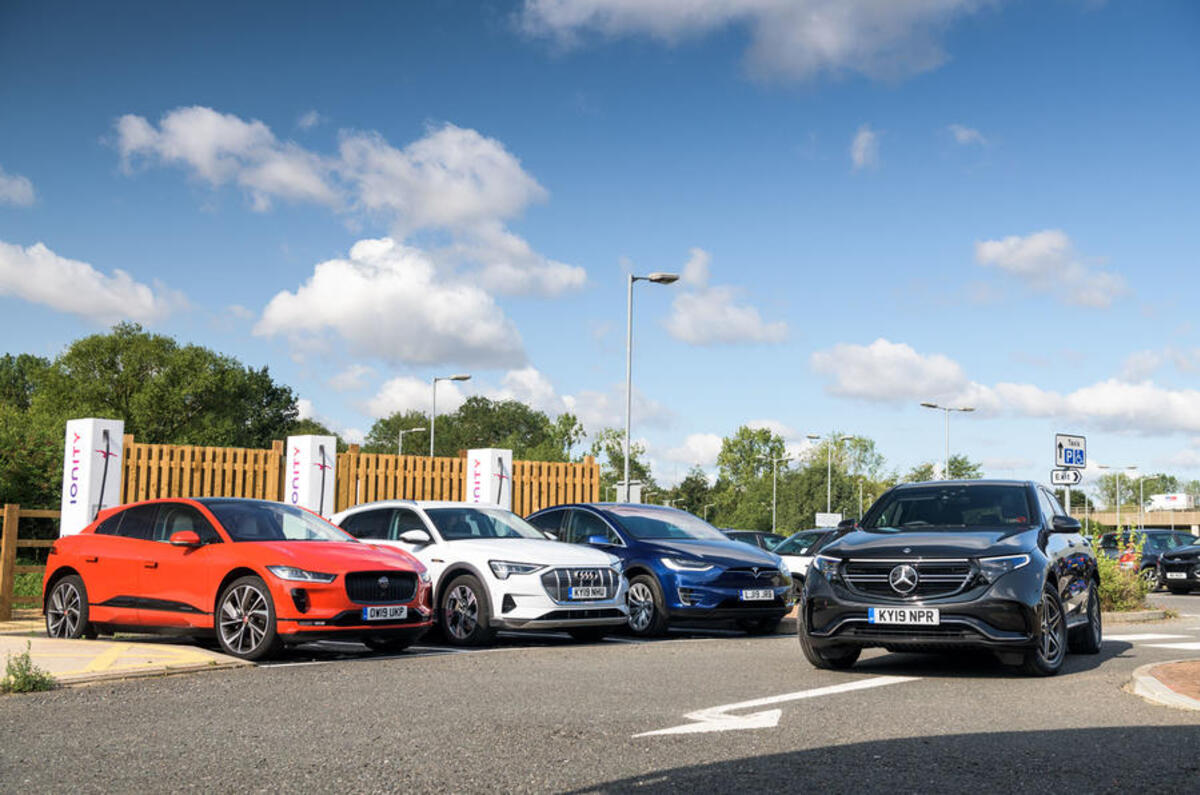Two of the UK’s largest fleet-industry organisations are calling for businesses to submit detailed data about their electric vehicle charging expenses to highlight to Her Majesty’s Revenue and Customs (HMRC) that the current 5p per mile reimbursement rate is leaving drivers out of pocket.
The Association of Fleet Professionals (AFP) and British Vehicle Rental and Leasing Association (BVRLA) are jointly lobbying HMRC for urgent change to the Advisory Electric Rate (AER) – a per-mile rate at which company car drivers can be reimbursed for charging costs. It’s hoped that better data can help build a business case to do so.
The AER was introduced in September 2018, following lobbying for an HMRC-approved system to simplify reimbursement for EV drivers, but it has faced continued criticism since. Advisory Fuel Rates (AFRs) used for petrol, diesel, hybrid and LPG cars are adjusted quarterly and include different bands based on engine capacity. The AER applies to all EVs regardless of size and has been increased only once.
New mileage rates were issued at the start of June, with AFRs adjusted to reflect higher pump prices but no change to the AER. That’s despite government regulator Ofgem raising the price cap for home electricity from 21p per unit (kWh) to 28p in April and price rises across most public charging networks, due to escalating energy costs.
Based on WLTP combined cycle efficiency, a Volkswagen ID 3 Pro Performance Life (58kWh) would cost 7p per mile charged on an Ofgem-capped ‘default’ tariff and up to 17p per mile using the most expensive public networks, of which only 5p per mile could be claimed back by the driver.
By comparison, the driver of a plug-in hybrid with a 2.0-litre or larger petrol engine could claim at 22p per mile, even if most of the journey was done on battery power.
AFP chairman Paul Hollick said HMRC had shown a willingness to adjust the AER if it were proved to be unrealistic.
Fleets can submit data via email until the end of June, using a template issued on the AFP’s website.
“We're helping to identify better and more relevant data sources in addition to those currently used in setting the AER, and part of that process means that we need to provide fleet case studies,” Hollick explained.
“Ideally, these will show real-world examples of drivers who are out of pocket in as many diverse job roles, geographies, income demographics and electric vehicle models as possible, helping to strengthen our argument.”






Join the debate
Add your comment
This is exactly why I didn't got electric. It was 4p a mile when I got the company car list, and not being able to charge at hime meant I would be relying on the public charging infrastructure. It would, at best be 10p per mile, depending on the charger. Ridiculous to have it set so low